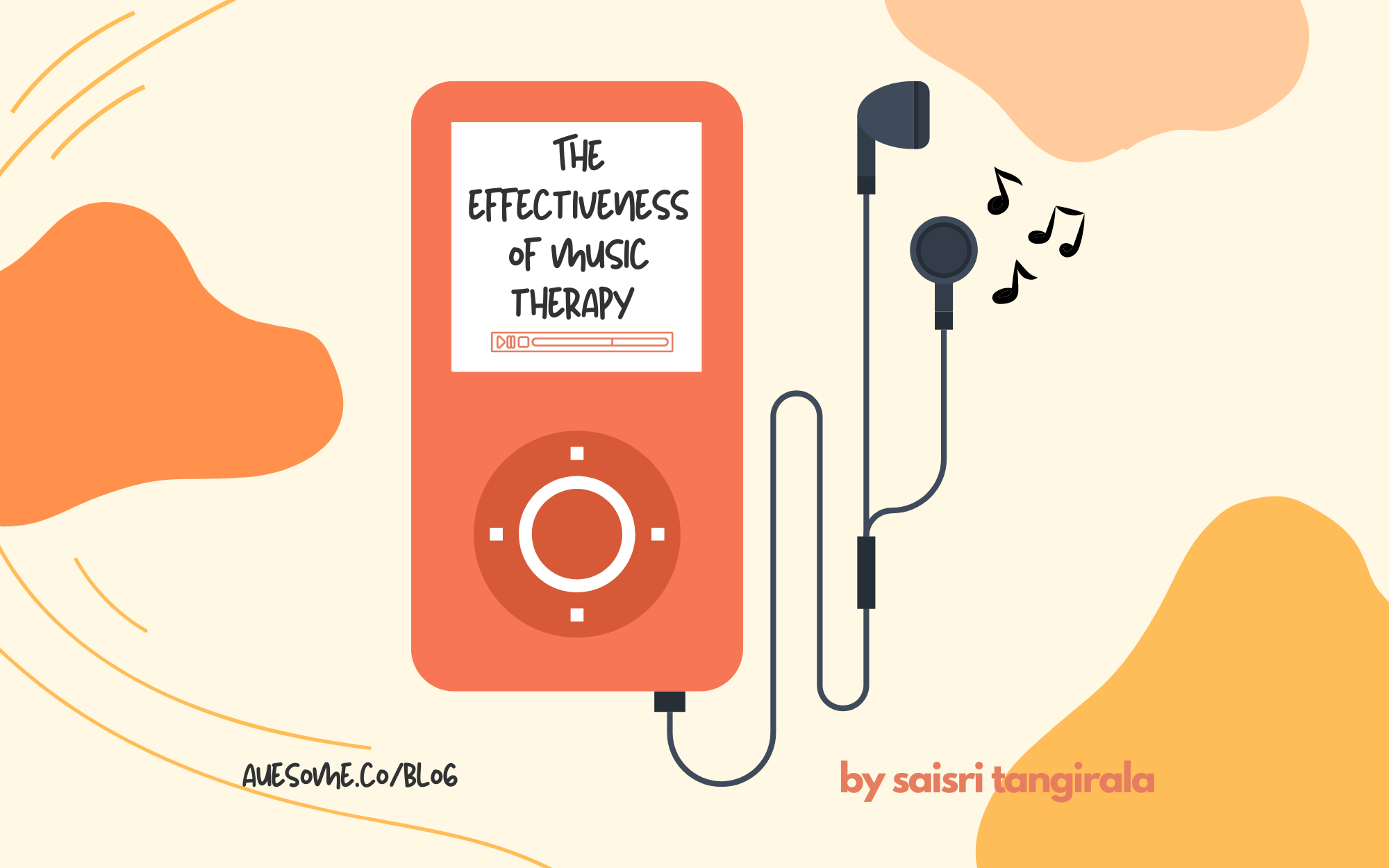The Effectiveness of Expressive Music Therapy
September 2022 • written by Saisri Tangirala • edited by Anshul Gupta

Music Therapy
For many, music has the ability to calm and induce positive emotions. Beyond enjoyment, music can also help as a therapeutic treatment. Music therapy is one of many therapies designed to encourage children on the spectrum to be comfortable in their surroundings. Singing, playing instruments, and even dancing can help further develop integral communicative and expressive skills.
Common practices in music therapy may include singing songs, listening to music, learning to play an instrument along with composing music. These methods allow those on the spectrum to socially interact through playing or listening to music. Moreover, many people can benefit from having the opportunity to work on motor skills by being more aware of body coordination – all while reducing anxiety.
While most can benefit from music, music therapy takes that enjoyment a step further to incorporate beneficial practices with the help of treatments. Like most other therapists, music therapists are specialized licensed professionals and may create personalized plans or conduct group sessions.

These plans can integrate behavioral, sensory integration, and creative approaches with music therapy. For example, therapists and parents can work with children to observe their behavior when playing different types of music, while at the same time experimenting with what type of music children prefer.
A study conducted in 2018 determined that eight to twelve weeks of music intervention had the potential to improve communication skills due to bettering the intrinsic brain connectivity in school-age children on the spectrum. The creative methods that one can apply to therapy are endless, with each one providing a personalized intervention aimed to further skills.
